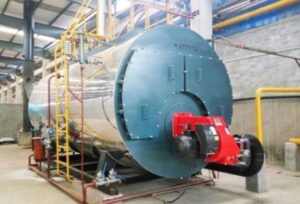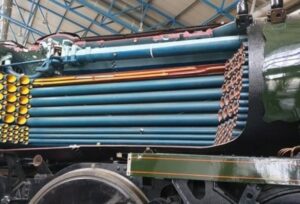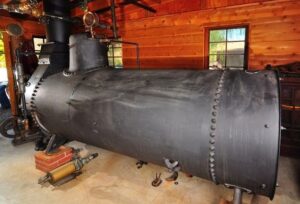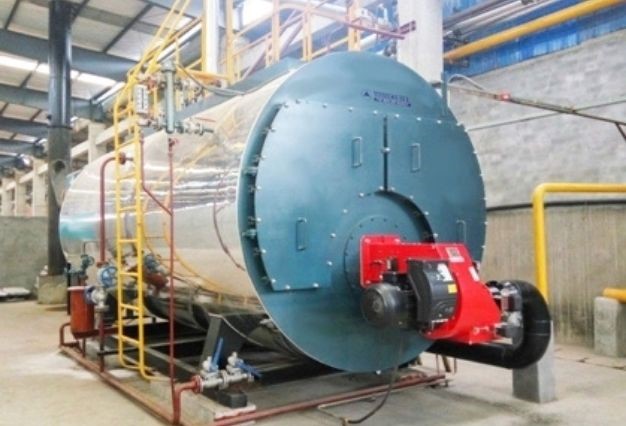
An essential raw material that powers industry and commerce worldwide is steam. Whether we are preparing food, creating plastic for vinyl in our automobiles, or paints and wood for our homes, steam is an essential part of the process, thus making our lives more convenient and comfortable. To generate a high amount of steam when running industry, steam boilers play a vital role. Designed to generate pressurized steam, boilers are specialized mechanical devices. As steam has many unique properties, it makes it economically advantageous for industries to utilize this source. The operating cost of the boiler is not associated with the amount of water but with the energy used to turn water into steam. However, a tremendous impact on the overall operating costs of a boiler system can be achieved via a water treatment program. If you are still wondering how exactly the boiler system works, this tutorial will give you all the needed insights.
The Mechanics of a Boiler

In the market, you will come across a variety of boiler designs; however, they all have the same basic operating principles. The boiler generates pressurized steam by heating water. The steam is then sent via the pipes to where it will be consumed. It can be used for radiant space heating, driving a turbine, or heating a process.
Dissolved solids are left behind when the water converts to steam but a portion of these solids must be removed by blowdown so that the concentrations can be within desired ranges.
Make-Up Water

Condensate happens when the steam cools down and reverts into a liquid. Condensate needs to make its way somewhere. This is where steam traps play their role. They efficiently collect the condensate for return to a feedwater tank. Oxygen is also introduced, and if not removed from the water, many problems can occur inside the boiler, such as scaling and rust. A de-aerator, also known as a feedwater tank, is an essential functional component of a steam boiler system. It purifies the feedwater by removing oxygen and other dissolved gases.
Fresh make-up water also goes inside the de-aerator and experiences the same process before mixing with the condensate. When the two mix, you get feedwater which goes back to the boiler that makes up for any water loss resulting from steam generation.
Boiler Options
As mentioned earlier, boilers come in a range of sizes and shapes. You can classify them based on design, operating pressure, and fuel type. However, there are four basic options explored below.
Firetube Boilers – Tubes running through a sealed container of water pass hot combustion gases. Such a boiler is used for process and heating applications.
Water Tube Boilers – Under pressure, water goes into the boiler tubes, which are surrounded by hot combustion gases. This type of boiler is generally utilized in large pharmaceutical, petrochemical, and large manufacturing plants.
High Heat Flux Steam Generators – A single tube coil pumps feed water, and the heat transfers from hot gases to convert water into steam rapidly. It is an ideal boiler to be used in a limited space.
